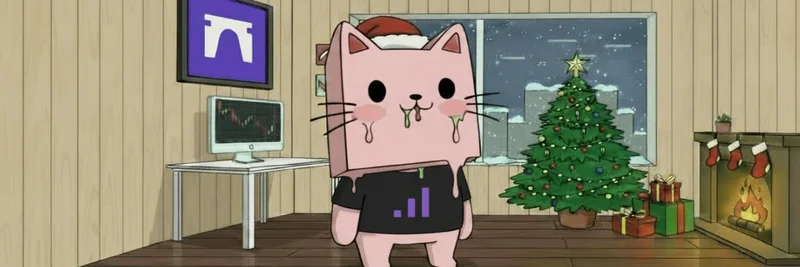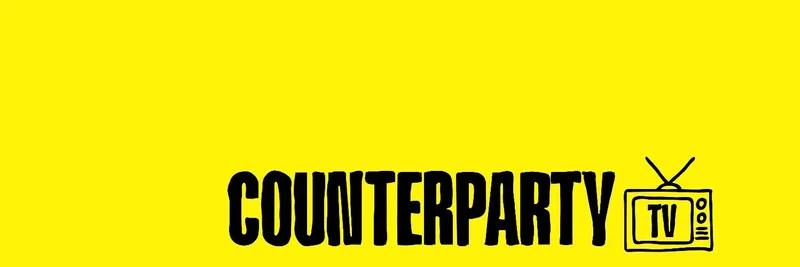In a poignant reminder of how far we've come, AOL has announced the discontinuation of its dial-up internet service, set to cease operations on September 30, 2025. This decision marks the end of an era that many of us remember vividly, a time when the internet was a novel frontier accessed through the distinctive sound of a modem connecting at speeds that now seem laughably slow.
The Nostalgia of Dial-Up
Toly, a prominent figure in the crypto space, reflected on this milestone with a tweet that captures the sentiment of many: "End of an era. I remember being so stoked getting 22kb per second download speed." This sentiment resonates with anyone who experienced the early days of the internet, where downloading a single image could take minutes, and streaming video was an unimaginable luxury.
The thread that follows Toly's tweet is a tapestry of memories and technical insights. Users like @VoldemortElon and @MoonerMonkey add layers to the conversation, linking the end of dial-up to the rise of new technologies and meme tokens, showcasing how the digital landscape continues to evolve.
The Technical Leap
To put things in perspective, let's consider the leap in internet speeds. Dial-up connections typically offered speeds of up to 56kbps. Today, standard broadband connections can reach speeds of 60Mbps or more, which is over 1,000 times faster. This exponential growth is a testament to Moore's Law, which predicts that the number of transistors on a microchip doubles approximately every two years, leading to a corresponding increase in computing power and, by extension, internet speeds.
Claude Shannon's work in information theory, formalized in 1948, laid the groundwork for understanding how information could be transmitted efficiently over noisy channels. His noisy-channel coding theorem demonstrated that it's possible to transmit information at a rate close to the channel capacity, even in the presence of noise. This principle has been crucial in the development of modern telecommunications, including the broadband networks that replaced dial-up.
Implications for Meme Tokens and Blockchain
The end of dial-up internet is not just a nostalgic moment; it’s a marker of the relentless march of technology. For the world of meme tokens and blockchain, this evolution is significant. The infrastructure that supports these technologies relies on high-speed, reliable internet connections. As we move further from the constraints of dial-up, the potential for decentralized applications and meme token ecosystems expands.
Meme tokens, often built on blockchain platforms, thrive in environments where information can be shared instantly and globally. The shift from dial-up to broadband, and now to even faster connections, has enabled the rapid dissemination of information, crucial for the viral nature of meme tokens. Platforms like Solana, where Toly is a key figure, benefit immensely from this infrastructure, allowing for near-instantaneous transactions and global participation.
Looking Forward
As we bid farewell to dial-up internet, we’re reminded of the incredible journey of technological advancement. The end of this service is a milestone that underscores the importance of continuous innovation. For blockchain practitioners and meme token enthusiasts, understanding this history is crucial. It highlights the importance of adapting to new technologies and leveraging them to build robust, scalable systems.
The conversation around AOL's decision also opens up discussions on the future of connectivity. With the advent of 5G and beyond, the speed and reliability of internet connections will continue to improve, potentially revolutionizing how we interact with digital assets and decentralized networks.
In conclusion, the end of dial-up internet is more than just the closure of a service; it's a reflection on the rapid pace of technological change and its impact on our digital lives. As we look back with nostalgia, we also look forward with anticipation to the next chapters in the story of connectivity and innovation.




